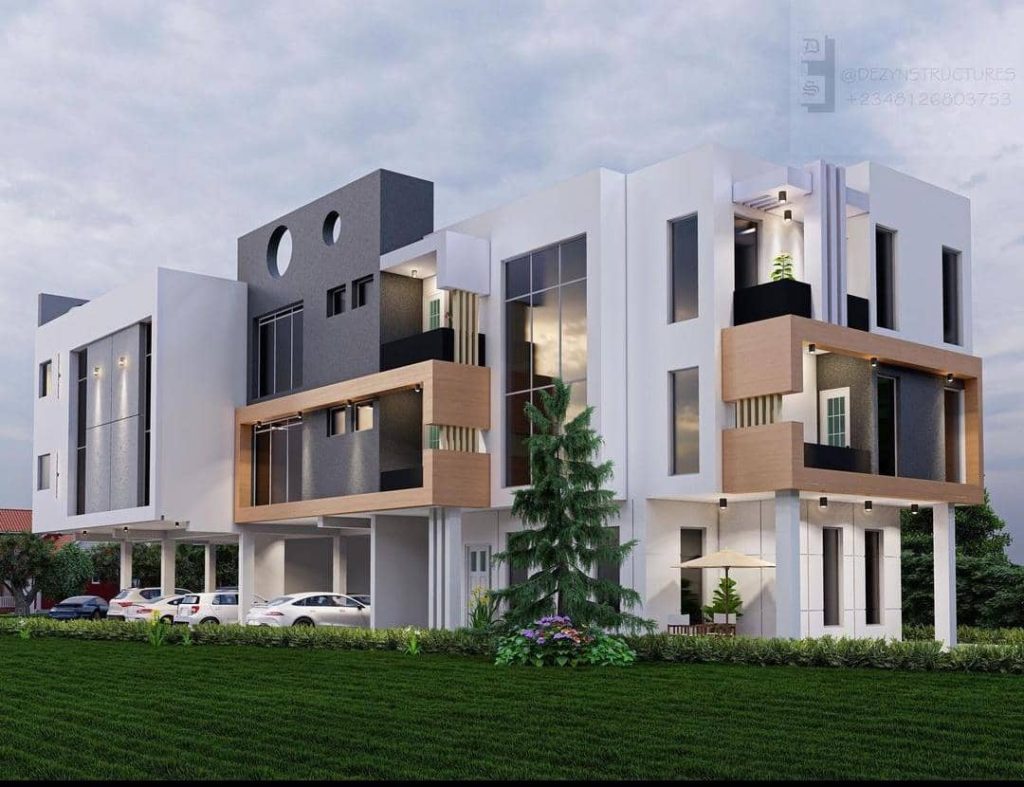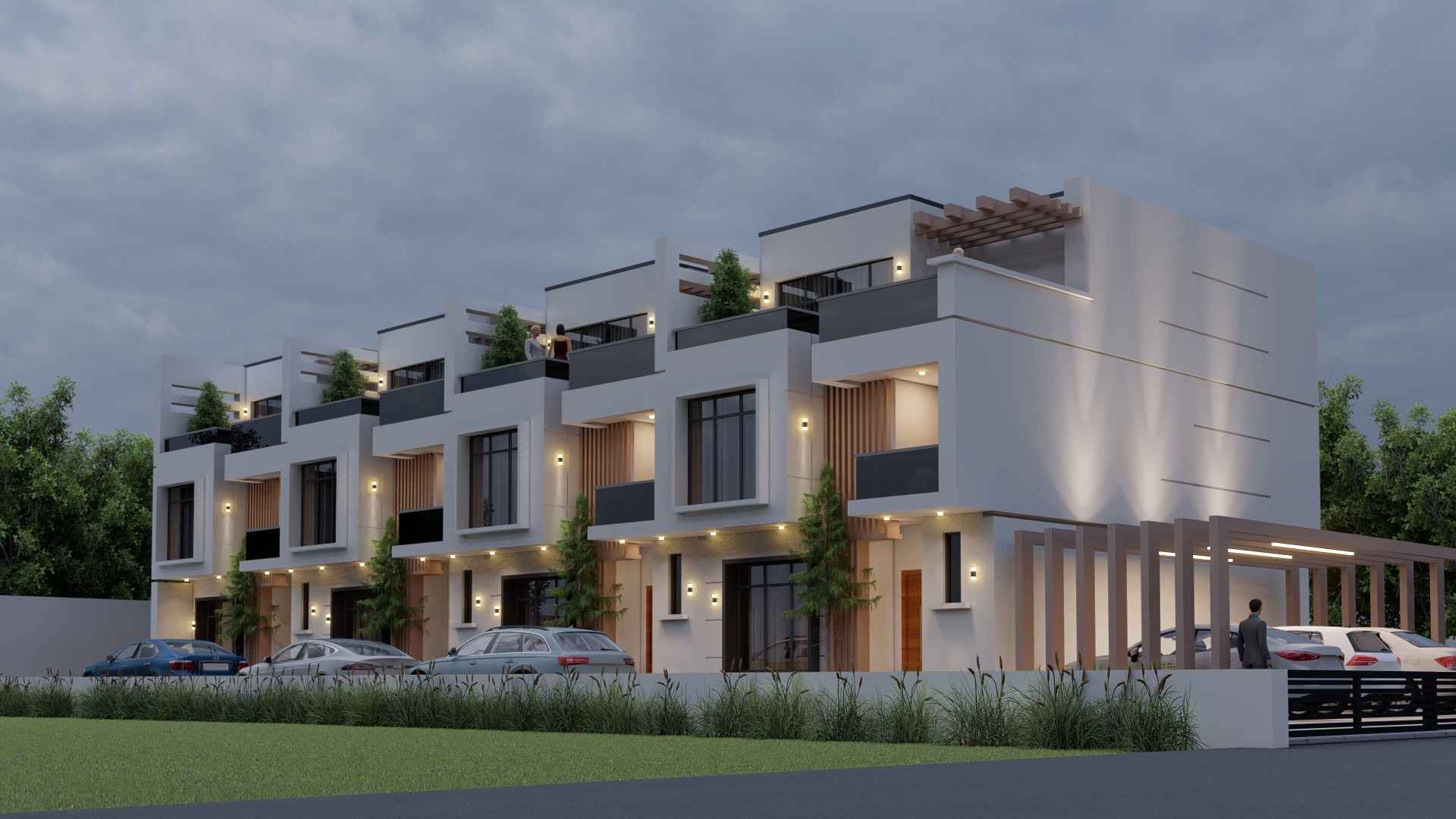

- Aesthetics
- Identity and branding
- Contextual integration
- Sustainability
- Functional consideration
- Lightning effects
- Cultural significance
- Psychological impacts
Aesthetics: Color and materials greatly impact a building‘s visual appeal. The choice of colors can evoke different emotions and moods. For example, warm colors like red and yellow can create a sense of warmth and energy, while cool colors like blue and green can convey calmness and serenity. Materials can add texture and depth, enhancing the overall look of a structure.
Identity and Branding: Colors and materials can be used to reinforce an architectural identity or brand. For example, certain materials and color schemes may be associated with a particular style or purpose, helping to communicate the building‘s function or the values of its occupants.
Contextual Integration: Architects often consider the surrounding environment when selecting colors and materials. Harmonizing with the natural landscape or neighboring buildings can help a structure blend in or stand out in a deliberate and aesthetically pleasing way.
Sustainability: The choice of materials can significantly impact a building’s environmental sustainability. Using eco-friendly materials and finishes can reduce the ecological footprint and enhance a building‘s long-term sustainability.
Functional Considerations: Materials need to meet the functional requirements of a building. For instance, selecting durable materials for high-traffic areas, fire-resistant materials for safety, or acoustically sound materials for reducing noise are all critical considerations.
Lighting Effects: Color and materials can interact with natural and artificial lighting to create various effects. For instance, light-colored materials can reflect more sunlight, potentially reducing cooling costs, while darker materials can absorb heat. Translucent materials can diffuse and transmit light, creating unique interior lighting experiences.
Cultural Significance: Certain colors and materials may hold cultural or historical significance. Incorporating these elements can provide a sense of heritage or tradition within a design, adding depth and meaning to the architecture.
Psychological Impact: The psychological impact of color is well-documented. Architects can use this knowledge to create spaces that promote well-being and productivity. For instance, soothing colors in healthcare settings or vibrant colors in educational environments can influence the mood and behavior of occupants.
In summary, color and materials are powerful tools in architectural design, serving not only as aesthetic choices but also as functional, environmental, and cultural considerations. Architects carefully balance these elements to create spaces that are both visually pleasing and well-suited to their intended purpose.



